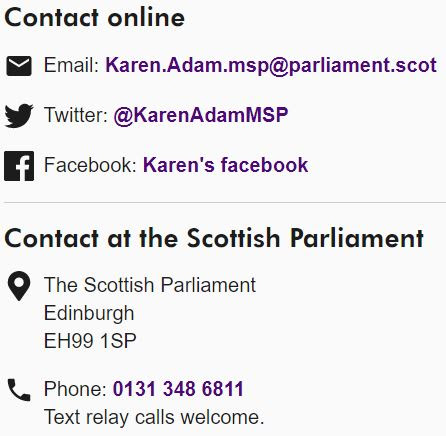The conclusion of the Inverness Airport radar project was officially marked at the airport today by Stewart Stevenson MSP, Minister for Transport, Infrastructure and Climate Change.
Highlands and Islands Airports (HIA) has invested £3.6 million of capital in the project to deliver the airport’s first independent radar service. The regional transport partnership Hitrans also contributed £50,000 towards the costs.
The radar service allows the airport to handle air traffic more efficiently, increases its overall capacity and will facilitate the design of new approach procedures which will reduce aircraft fuel burn and noise.
Between 1999 and 2008 passenger numbers at Inverness have doubled from 350,000 a year to more than 700,000 a year. Over the same period aircraft movements increased from 27,500 per annum to 40,000 per annum.
Since 1999, the RAF has been responsible for providing a radar service to aircraft at Inverness using its local radars and air traffic controllers based at Lossiemouth. The growth in traffic at Inverness since then meant that HIA took the decision to develop its own radar service in late 2005 and embarked on a two phase project to achieve this.
The Inverness radar project contractors were:
- Thales - responsible for the turn key contract to provide primary and secondary radar.
- Barco – responsible for the provision of the radar display system.
- Marshall Aviation Services – responsible for the project management of phases 1 and 2.
- Osprey Consulting Services – responsible for the preparation of the safety cases.
- G A Barnie – responsible for the installation of all external electrical equipment.
- BAR-W – responsible for the civil works associated with the project.
Phase one, which started in January 2006, involved recruiting and training radar controllers, creating a radar control room at the airport and taking live data feeds from the RAF radars. Airport-based controllers provided the first Inverness-based service to aircraft in July 2007.
The second phase involved the installation of the airport’s own primary and secondary radars, securing regulatory approval from the UK Civil Aviation Authority and switching from the RAF radar data input to data from the airport’s own system. This was completed in January this year.
Transport Minister Stewart Stevenson said: "This vital investment will deliver real benefits for the economy of Inverness and the Highlands and Islands. The airport has had terrific support from the personnel at RAF Lossiemouth over the years, but it is great to see Inverness getting its own dedicated radar system. This £3.6 million investment will create new jobs, improve skills and bring greater connectivity for the Highland and Islands. It will also reduce aircraft fuel burn and cut down on noise levels.
"Inverness makes a vital contribution to Scotland's economy and I welcome this significant investment in region's infrastructure," said Mr Stevenson.
Inglis Lyon, managing director of HIA said: “This has been a unique project for us with many firsts. We started from scratch and now have dedicated high technology radars operating at Inverness. Achieving this significant development was due to the commitment, enthusiasm and expertise of all involved in the project.
“We also recognise the pivotal role that the RAF has played since 1999 in providing radar services at Inverness. Its cooperation and support have been crucial to achieving a smooth transition to the airport-based service which will ensure a safe and efficient operation at Inverness in the years ahead.”
Steve Hill, vice president and managing director of Thales UK’s air systems business, said: “This contract was of huge strategic importance to Thales as it is the first Thales STAR 2000 primary and RSM 970 S secondary radar in the UK. It represents a significant opportunity for Thales to expand its UK radar market and we now look forward to building on this success and becoming one of the leading suppliers of primary and secondary radar in the UK civil market.”


 Born in 1946 and brought up in Cupar, Fife, I was educated at the local school -
Born in 1946 and brought up in Cupar, Fife, I was educated at the local school - 

















